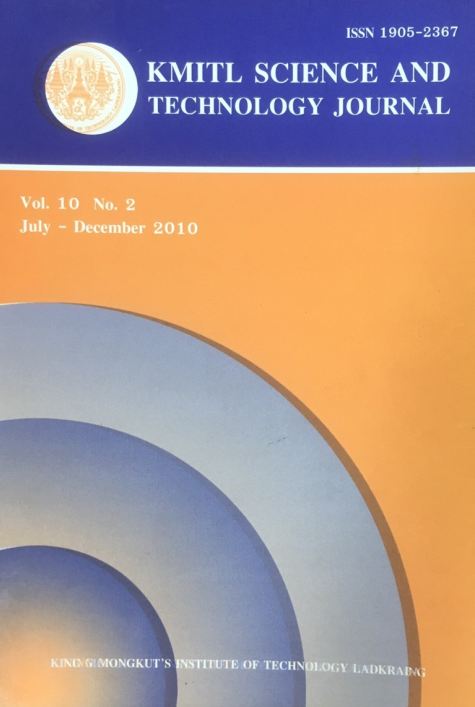A Mathematical Model of Cerebrospinal Meningitis Epidemic: A Case Study for Jirapa District, Ghana
Main Article Content
Abstract
We develop a mathematical model that governs the epidemiology of cerebrospinal meningitis (CSM) in Jirapa, Ghana. For proper control to be instituted, however, the cerebrospinal meningitis and their dynamics must be known. This paper reports on the dynamics of cerebrospinal meningitis caused by bacterial infection and gives suggestions as how they can be controlled. We study the existence of a solution, the stability of equilibria, and investigate bifurcations of the system. We perform numerical simulation on the model for Jirapa District in Upper West Region of Ghana.
Keywords: Mathematical Model, Cerebrospinal meningitis (CSM), Stability Analysis, Bifurcation, Respiratory Tract, Simulation.
E-mail: adetunde@googlemail.com
Article Details
Copyright Transfer Statement
The copyright of this article is transferred to Current Applied Science and Technology journal with effect if and when the article is accepted for publication. The copyright transfer covers the exclusive right to reproduce and distribute the article, including reprints, translations, photographic reproductions, electronic form (offline, online) or any other reproductions of similar nature.
The author warrants that this contribution is original and that he/she has full power to make this grant. The author signs for and accepts responsibility for releasing this material on behalf of any and all co-authors.
Here is the link for download: Copyright transfer form.pdf
References
[2] Thomas, M. 2004. Prevention of group B meningococcal disease by vaccination: a difficult task. New Zealand Medical Journal. 117(1200), 21-31.
[3] WHO. 2000. Detecting meningoccocal meningitis epidemics in highly endemic African countries. Wkly Epidemiol Rec, 75, 306-9.
[4] Birmingham, M. E., Lewis, R. F., Perea, W., Nelson, C. B., Kabore, A. and Tarantola, D.2003. Routine vaccination with polysaccharide meningococcal vaccines is an ineffective and possibly harmful strategy. Bull World Health Organ 81, 751–5.
[5] Robbins, J. B., Schneerson, R., Gotschlich, E. C., Mohammed, I., Nasidi, A., Chippaux, J. P., et al. 2003. Meningococcal meningitis in sub-Saharan Africa: the case for mass and routine vaccination with available polysaccharide vaccines. Bull World Health Organ, 81(10), 745-751.
[6] Girard, M. P., Preziosi, M. P., Aguado, M. T. and Kieny, M. P. 2006. A review of vaccine research and development: meningococcal disease. Vaccine, 24, 4692-700.
[7] WHO. 1998. Control of epidemic meningococcal disease. WHO practical guidelines. http://www.who.int/csr/resources/publications/meningitis/WHO_EMC_BAC_98_3_EN/en/[2nd], 1-82.
[8] Woods, C., Armstrong, G., Sackey, S., Tetteh, C., Bugri, S., Perkins, B. and Rosenstein, N.2000. Emergency vaccination against epidemic meningitis in Ghana: implications for the control of meningococcal disease in West Africa. Lancet 355, 30-33.
[9] Trotter, C. L., Gay, N. J. and Edmunds, W. J. 2005. Dynamic models of meningococcal carriage, disease, and the impact of serogroup C conjugate vaccination. American Journal of Epidemiology, 162, 89-100.
[10] Mann, L. J. 2009. Modeling infectious disease epidemiology and vaccination impact. PhD.Thesis, Massey University, Albany, New Zealand.


